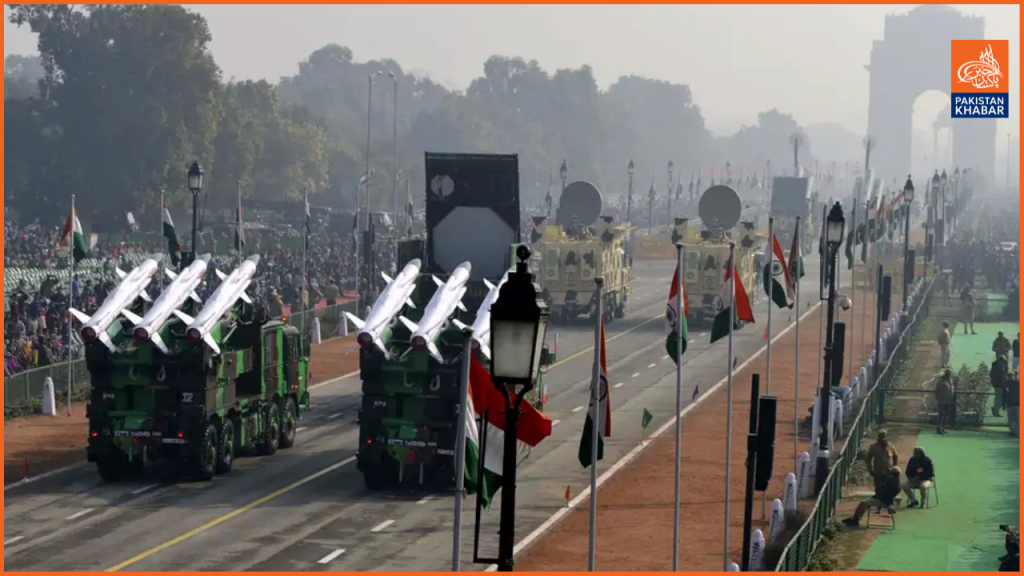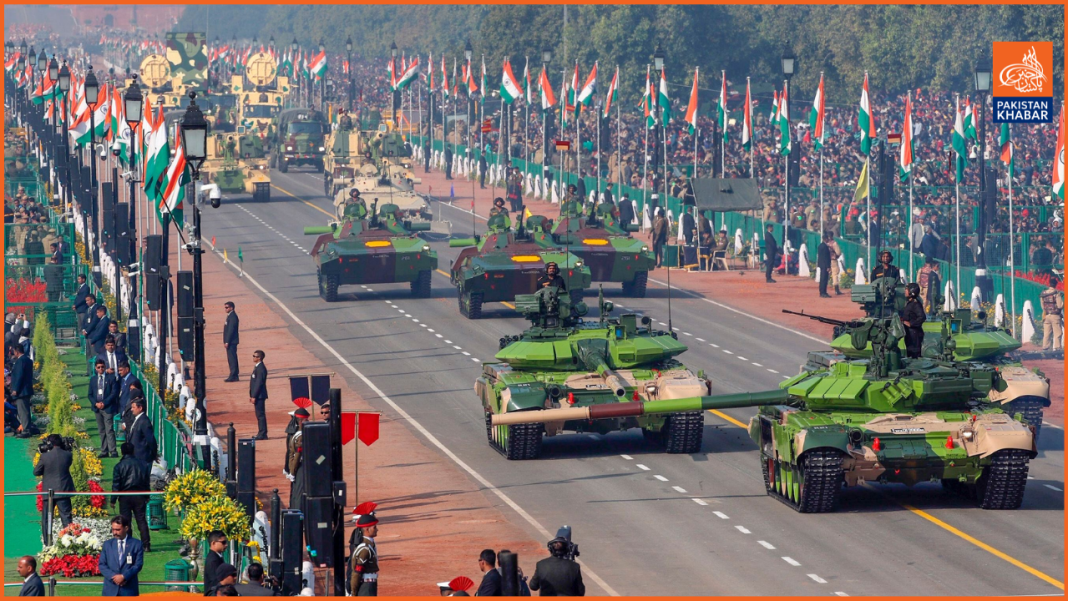India’s drive to reduce its long-standing dependency on Russian military hardware is making significant strides, according to analysts, as the country forges new defense relationships with Western nations and expands its domestic arms production capabilities. Amidst the ongoing conflict in Ukraine, which has diverted Moscow’s attention and resources, India has made modernizing its military a high priority, especially in light of increasing tensions with its northern neighbor, China.
Relations between India and China soured dramatically following a deadly clash in 2020 along their shared border, resulting in the deaths of 20 Indian soldiers and at least four Chinese soldiers. Since then, India’s security outlook, particularly regarding China, has undergone a drastic shift. Harsh V Pant, an analyst from the Observer Research Foundation in New Delhi, commented on how the deadly border skirmish had “shaken the system” and created a heightened sense of urgency for India to act swiftly and decisively in addressing its defense needs.
As the world’s largest arms importer, India accounted for nearly 10 percent of global arms imports between 2019 and 2023, according to the Stockholm International Peace Research Institute (SIPRI). Moving forward, India is set to continue investing heavily in defense acquisitions, with multibillion-dollar deals on the horizon. Indian Prime Minister Narendra Modi is expected to sign contracts worth around $10 billion with France in the coming weeks, including agreements for Rafale fighter jets and Scorpene-class submarines.
In addition to acquiring advanced foreign military hardware, India is also making significant strides in developing its own indigenous defense industry. Indian Defense Minister Rajnath Singh has committed to investing at least $100 billion in domestic military production by 2033, further strengthening the country’s defense capabilities. Strategic affairs analyst Nitin Gokhale acknowledged that the transition to indigenous manufacturing has not been easy, particularly due to India’s limitations in producing high-end technology weapon systems. However, the country has already made notable advancements, such as the establishment of a large new helicopter factory, the launch of its first homemade aircraft carrier, and successful tests of long-range hypersonic missiles.
India’s growing arms export market is also a promising indicator of the country’s increasing defense capabilities. In 2023, India’s arms exports totaled $2.63 billion—a 30-fold increase over the past decade. India is also set to announce a significant defense deal with Indonesia, which will see India supply supersonic cruise missiles valued at nearly $450 million. The Indian government has set an ambitious target to triple its defense exports by 2029, with a portion of its $75 billion defense spending allocated for boosting local production.

India’s focus on diversifying its defense partnerships has led to deeper cooperation with Western countries. This is evident in the growing defense ties within the Quad alliance, which includes the United States, Japan, and Australia. India’s engagement with these countries has led to agreements to import and co-produce various military technologies, such as drones, fighter jets, and naval vessels. Consequently, India’s reliance on Russia for military imports has significantly diminished. In the 2009-2013 period, Russia accounted for 76 percent of India’s arms imports, but that figure dropped to just 36 percent between 2019 and 2023, according to SIPRI data.
Despite the diversification of its arms suppliers, India has carefully maintained its relationship with Russia, which remains a key supplier of advanced weaponry, including nuclear submarines and cruise missiles. India has resisted external pressure, particularly from the United States, to condemn Russia’s 2022 invasion of Ukraine, opting instead to call for dialogue and negotiation. Gokhale emphasized that while India has diversified its sources of military supplies, Russia remains a “dependable partner,” particularly in areas where Western nations may not offer comparable support.
In summary, India’s ongoing efforts to modernize its military, diversify its arms sources, and strengthen its domestic arms industry are setting the stage for a more self-reliant and secure future. While it has reduced its dependency on Russia, India continues to balance its defense strategy by fostering stronger ties with Western allies, ensuring it has a broad spectrum of defense capabilities as tensions with neighboring China persist.




